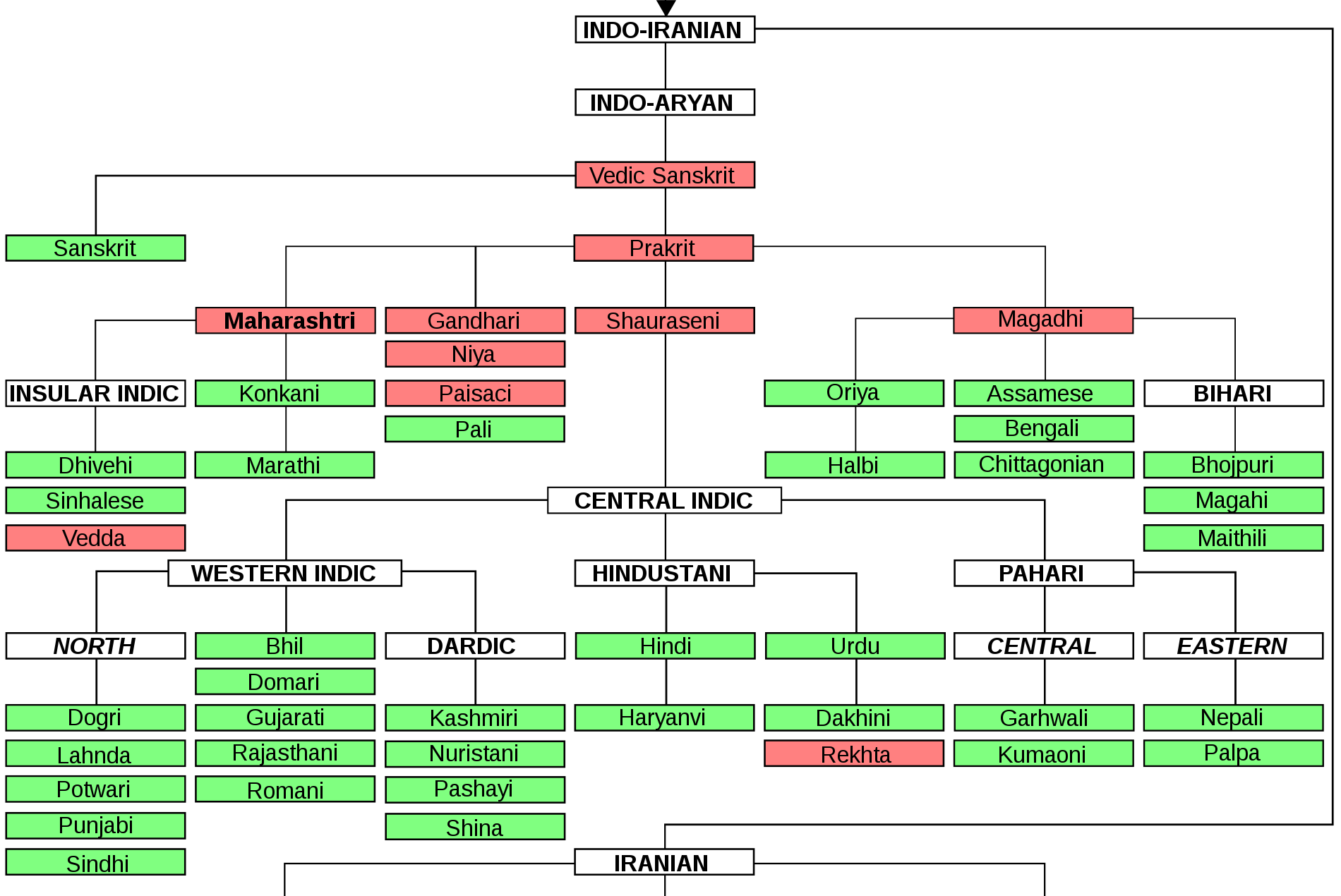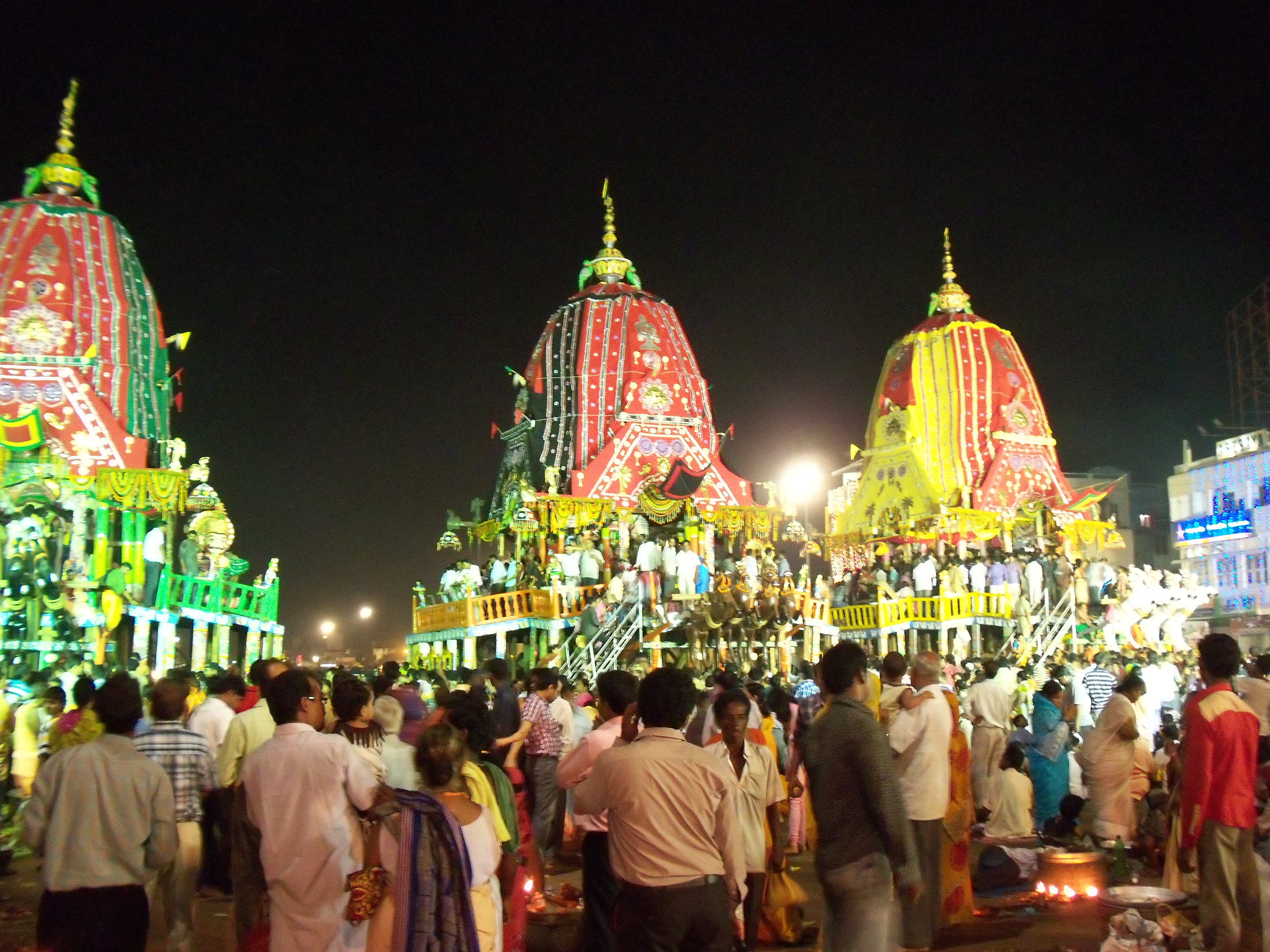|
Haimanti
Haimanti () is an Indian female given name. It is the feminine derivative of ''Hemanta'', one of the six Indian ecological seasons— Ritu—in northern half of Indian subcontinent, which runs in early winter approximately from November to December. The male version of the name is Hemant Hemant, () is an Indian male given name. It is the namesake of '' Hemanta'', one of the six Indian ecological seasons— Ritu—in northern half of Indian subcontinent, which runs in early winter approximately from November to December. The fema .... People named Haimanti include: * Haimanti Rakshit Das, Bangladeshi singer * Haimanti Sukla, Indian singer * Hemanti Sarkar, Indian film editor {{given name Indian feminine given names Feminine given names ... [...More Info...] [...Related Items...] OR: [Wikipedia] [Google] [Baidu] |
Haimanti Rakshit Das
Haimanti Rakshit Das (; born 18 June) better known as Haimanti is a Bangladeshi playback singer. She mostly sings for films and TV series. She rose to fame after winning reality television competition series '' Notun Kuri'' in 1993. Her discography includes, ''Dakpion'', ''Mone Pore Tomake'', ''Premer Choya'', and ''Smritir Canvas''. She also attended an academy for children's welfare Jatiyo Shishu Purushkar. Early life and personal life Haimanti was born on 18 June in Chittagong, Bangladesh. She comes from a musical family. She completed her graduation in economics from University in Bangladesh. Her father is an engineer named Manash Rakshit and her mother is a housewife named Sharmistha Rakshit Haimanti is married to Ashim Das. Career When she was studying in class five her first album Dakpion (1994) was released and then Mone Pore Tomake (1997) and Premer Choya (2000). One of her albums is a duet with singer Asif Akbar. She did playback over 20 films She started first mo ... [...More Info...] [...Related Items...] OR: [Wikipedia] [Google] [Baidu] |
Haimanti Sukla
Haimanti Shukla is a Bengali singer. The tradition of Hindustani classical music was in her family and this helped her to become a classically trained singer. She recorded her first song "''E to kanna noy aamar"'' in 1972. Early life She was born in Sirajganj, East Bengal, Dominion of Pakistan (present day Bangladesh) to Harihar Sukla, a noted Hindustani classical vocalist. She received her training from her father. Career Her most popular song in Bollywood is ''Kahan Se Aaye Badra'' from the movie '' Chashme Buddoor''. Her first Hindi movie song was "Jeevan ki kitabon par" from movie "Amavas ka Chand". One of her most notable songs is "''Amar Bolar Kichu Chilo Na"'', which was composed by Manna De Prabodh Chandra Dey (; 1 May 1919 − 24 October 2013), known by his stage name Manna Dey, was an Indian playback singer, music director, and musician. He had a classical music background, being part of the Bhendibazaar Gharana and receiving tr ... and released in 1978. Filmog ... [...More Info...] [...Related Items...] OR: [Wikipedia] [Google] [Baidu] |
Hemant
Hemant, () is an Indian male given name. It is the namesake of '' Hemanta'', one of the six Indian ecological seasons— Ritu—in northern half of Indian subcontinent, which runs in early winter approximately from November to December. The female version of the name is Haimanti. Notable people named Hemant include: * Hemant Bhagwani *Hemant Birje (born 1965), Indian actor * Hemant Brijwasi, Indian singer * Hemant Chaturvedi, Indian cinematographer * Hemant Chauhan, Gujarati writer and singer specializing in religious and folk songs *Hemant Choudhary, Indian actor * Hemant Dhome, Indian politician * Hemant Divate, Marathi poet, translator and publisher * Hemant Godse, Indian politician *Hemant Gokhale * Hemant Goswami (born 1971), Indian social activist *Hemant Gupta * Hemant Gurung, (born 1958), Bhutanese politician * Hemant Joshi, Indian professor of Mass Communication and Journalism * Hemant Joshi (politician), Indian politician * Hemant Kanitkar (born 1942), Indian former cr ... [...More Info...] [...Related Items...] OR: [Wikipedia] [Google] [Baidu] |
Indian Subcontinent
The Indian subcontinent is a physiographic region of Asia below the Himalayas which projects into the Indian Ocean between the Bay of Bengal to the east and the Arabian Sea to the west. It is now divided between Bangladesh, India, and Pakistan. (subscription required) Although the terms "Indian subcontinent" and "South Asia" are often also used interchangeably to denote a wider region which includes, in addition, Bhutan, the Maldives, Nepal and Sri Lanka, the "Indian subcontinent" is more of a geophysical term, whereas "South Asia" is more geopolitical. "South Asia" frequently also includes Afghanistan, which is not considered part of the subcontinent even in extended usage.Jim Norwine & Alfonso González, ''The Third World: states of mind and being'', pages 209, Taylor & Francis, 1988, Quote: ""The term "South Asia" also signifies the Indian Subcontinent""Raj S. Bhopal, ''Ethnicity, race, and health in multicultural societies'', pages 33, Oxford University Press, 2007, ; Q ... [...More Info...] [...Related Items...] OR: [Wikipedia] [Google] [Baidu] |
Sanskrit
Sanskrit (; stem form ; nominal singular , ,) is a classical language belonging to the Indo-Aryan languages, Indo-Aryan branch of the Indo-European languages. It arose in northwest South Asia after its predecessor languages had Trans-cultural diffusion, diffused there from the northwest in the late Bronze Age#South Asia, Bronze Age. Sanskrit is the sacred language of Hinduism, the language of classical Hindu philosophy, and of historical texts of Buddhism and Jainism. It was a lingua franca, link language in ancient and medieval South Asia, and upon transmission of Hindu and Buddhist culture to Southeast Asia, East Asia and Central Asia in the early medieval era, it became a language of religion and high culture, and of the political elites in some of these regions. As a result, Sanskrit had a lasting effect on the languages of South Asia, Southeast Asia and East Asia, especially in their formal and learned vocabularies. Sanskrit generally connotes several Indo-Aryan languages# ... [...More Info...] [...Related Items...] OR: [Wikipedia] [Google] [Baidu] |
Indo-Aryan Languages
The Indo-Aryan languages, or sometimes Indic languages, are a branch of the Indo-Iranian languages in the Indo-European languages, Indo-European language family. As of 2024, there are more than 1.5 billion speakers, primarily concentrated east of the Indus river in Bangladesh, Northern India, Eastern Pakistan, Sri Lanka, Maldives and Nepal. Moreover, apart from the Indian subcontinent, large immigrant and expatriate Indo-Aryan–speaking communities live in Northwestern Europe, Western Asia, North America, the Caribbean, Southeast Africa, Polynesia and Australia, along with several million speakers of Romani languages primarily concentrated in Southeast Europe, Southeastern Europe. There are over 200 known Indo-Aryan languages. Modern Indo-Aryan languages descend from Old Indo-Aryan languages such as early Vedic Sanskrit, through Middle Indo-Aryan languages (or Prakrits). The largest such languages in terms of First language, first-speakers are Hindustani language, Hindi–Urdu ... [...More Info...] [...Related Items...] OR: [Wikipedia] [Google] [Baidu] |
Grishma
Grishma () the Sanskrit word meaning summer. This is one of the six seasons ( ritu), each lasting two months, the others being: Vasanta (spring), Varsha (monsoon), Sharada (autumn), Hemanta (pre-winter), and Shishira (winter). It falls in the two months of Jyeshtha and Ashadha of the Hindu calendar, or April and May of the Gregorian calendar. It is preceded by Vasanta, the spring season, and followed by Varsha, the rainy season The rainy season is the time of year when most of a region's average annual rainfall occurs. Rainy Season may also refer to: * ''Rainy Season'' (short story), a 1989 short horror story by Stephen King * "Rainy Season", a 2018 song by Monni * '' .... References Sources *Selby, Martha Ann (translator). ''The Circle of Six Seasons'', Penguin, New Delhi, 2003, * Raghavan, V. ''Ṛtu in Sanskrit literature'', Shri Lal Bahadur Shastri Kendriya Sanskrit Vidyapeetha, Delhi, 1972. Hindu calendar {{Hinduism-stub ... [...More Info...] [...Related Items...] OR: [Wikipedia] [Google] [Baidu] |
Varsha (other)
Varsha may refer to: * Varsha (season), the monsoon season in the Hindu calendar. * ''Varsha'' (genus), an insect genus in the tribe Empoascini * ''Varsha'' (film), a 2005 Kannada-language Indian feature film directed by S. Narayan. People *Bob Varsha (born 1951), American sports announcer * Varsha Bhosle (1956–2012), Indian journalist * Varsha Gautham (born 1998), Indian sailor * Varsha Soni (born 1957), Indian field hockey player *Varsha Usgaonkar (born 1968), Indian actress * Varsha (Telugu actress) Madhavi, known by her screen name Varsha, is an Indian actress who works predominantly in Telugu. She is popular for playing sister roles and in supporting roles to lead actors in many of her movies. She has also acted in a few television ser ..., Indian actress See also * Barsha (other) * Barkha (other) {{disambiguation, given name, surname Indian feminine given names Feminine given names ... [...More Info...] [...Related Items...] OR: [Wikipedia] [Google] [Baidu] |
Sharda (other)
Sharda may refer to: * ''Sharda'' (1942 film), a 1942 Bollywood film * ''Sharda'' (1981 film), a 1981 Bollywood drama film * Sharda (singer) (1937–2023), playback singer in 1960s and 1970s Hindi films * Sharda, Azad Kashmir, Neelum District, Azad Kashmir, Pakistan * Sharda River, a Ghagra-Ganges tributary that runs along the Nepal/India border * Sharada script, a script used to write Kashmiri * Sharda University, in Greater Noida, Uttar Pradesh, India * A name of the Hindu goddess Saraswati See also * Sharada (other) * Sharad (other) SHARAD (Mars SHAllow RADar sounder) is a subsurface sounding radar embarked on the ''Mars Reconnaissance Orbiter'' (MRO) probe. It complements the MARSIS radar on ''Mars Express'' orbiter, providing lower penetration capabilities (some hundred met ... * Sharla, a given name {{disambiguation, geo, given name ... [...More Info...] [...Related Items...] OR: [Wikipedia] [Google] [Baidu] |
Indian Names
Indian names are based on a variety of systems and naming conventions, which vary from region to region. In Indian culture, names hold profound significance and play a crucial role in an individual's life. The importance of names is deeply rooted in the country's diverse and ancient cultural heritage. Names are also influenced by religion and caste and may come from epics. In Hindu culture, names are often chosen based on astrological and numerological principles. It is believed that a person's name can influence their destiny, and selecting the right name is essential for a prosperous and harmonious life. Astrologers may be consulted to ensure a name aligns with the individual's birth chart. India's population speaks a wide variety of languages and nearly every major religion in the world has a following in India. This variety makes for subtle, often confusing, differences in names and naming styles. Due to historical Indian cultural influences, several names across South a ... [...More Info...] [...Related Items...] OR: [Wikipedia] [Google] [Baidu] |
Ritu (Indian Season)
Ritu () means "season" in different ancient Indian calendars used in India, Bangladesh, Nepal and Sri Lanka. There are six ritus (also transliterated ritu) or seasons. Seasons are different times of the year and there are 12 months in the year. Every month has its own special season. The word is derived from the Vedic Sanskrit word Ṛtú, a fixed or appointed time, especially the proper time for sacrifice (yajna) or ritual in Vedic religion; this in turn comes from the word Ṛta (ऋत), as used in Vedic Sanskrit literally means the "order or course of things". This word is used in nearly all Indian languages. Nepalese and Indian calendars Nepal and India observes six ecological seasons. East Indian calendars East Indian calendars (Bengali, Assamese, Odia and Mithila) start their new year on Mesh Sankranti. The season names corresponds to the Sanskrit Vasanta, Grishma, Varsha, Sharada, Hemanta, Shishira order. The Bengali Calendar is similar to the Sanskrit calendar ab ... [...More Info...] [...Related Items...] OR: [Wikipedia] [Google] [Baidu] |



